A
few
definitions you should know to understand the harmonization center;
The mapping of campaign values from different sources to similar campaign dimensions, regardless of the information, stream type, origin, or number of sources, automatically harmonizes them at the campaign name level.
For instance, suppose similar campaigns are active on different platforms like Kwanzoo, LinkedIn, Pardot, Search, PPC, and Google Analytics; ideally, you will see measurements from all data sources for matching campaign name values when visualizing this data.
List of Services
-
Extract, Transform, Load (ETL)List Item 1
Extract, transform, and load are three database operations responsible for moving your data into a common database. Extraction reads the data in the original database; transformation changes the format, so it’s ready for querying and analysis while loading writes the data to your destination database. In the past, this has been the most challenging part of data integration because an error in one step leads to incomplete or inaccurate data throughout. And each system comes with its own set of unique types of problems it can have. That’s why the right technology is vital in the ETL process, so you can focus less on micromanaging the movement of data and have more time to spend on analysis and decision making.
-
Data centralizationList Item 2
Data centralization is the process of getting your marketing data in one centralized location. ETL gets the data all in one place. But, many marketing dashboard tools can centralize data via APIs. To harmonize your data, your platform will need to have a data model that blends your data. Advances in machine learning have made this business user-friendly.
-
Data cleansingList Item 3
Data cleansing is the act of correcting or moving inaccurate, broken, or erroneous data from your dataset. Think of this as giving your data a makeover; if you’ve ever fixed misspelled or mashed together field names in a spreadsheet, congrats! You’ve cleansed data.
-
Data normalizationList Item 4
Data normalization and harmonization can be used interchangeably. Both imply making the fundamental aspects of your data all the same.
-
Classifications
Classifications are the field names in your data, or in simplest terms, they're the titles at the top of columns. These help you segment your data, filter it and drill in or zoom out (e.g., from a global view of a campaign down to a specific city). The naming conventions used to describe your data can surprisingly vary significantly across your marketing tools and teams– even when referring to the same concepts. For instance, the same campaign might be titled "SS17_ProductA" on Facebook and "Summer2017-Product_A" on YouTube. Getting these rolled up into one campaign requires harmonization to resolve the classification issue.
Furthermore, harmonization will allow you to connect that campaign across the entire customer journey through your website and CRM. Sometimes your data will not contain the classification you want. Still, luckily, with harmonization, new classifications or dimensions can be added to your centralized data model as well, such as creating the region “Europe” from all of your data’s European country classifications. This is handy when you need to slice and dice your marketing investments or performances in new ways without requiring any changes to how your systems or teams label your data.


